Saint Leodegar or Leger, Bishop of Autun (c. 615 – Sarcing, Somme October 2, 679), was the great opponent of Ebroin— the mayor of the Palace of Neustria— and the leader of the faction of Austrasian great nobles in the struggles for hegemony over the waning Merovingian dynasty. His torture and death made him a martyr and saint of the Roman Catholic Church, which embraced the cause of the Austrasian mayors of the palace, the Arnulfings, in the following century, anointed as the Carolingian dynasty.
Leodegar, son of Bobilo (and Sigrada, later a nun at Soissons) was of high rank among the Frankish nobility. His brother was the comes Gaerinus (Warin), according to the Liber Historiae Francorum.[1] Leodegar, as befitted his rank, was raised in Paris at the court of Clotaire II, king of all the Franks, and educated at the palace school. At about the age of twenty he went to Poitiers, where there was a long-established cathedral school, to study under the guidance of his uncle Desiderius (Dido), the bishop, who ordained him archdeacon and associated him in the government of the diocese. In or about 650, after he became a priest, and with the bishop's recommendation, Leodegar was made abbot of the monastery of St Maxentius, (Saint-Maixent) in Poitou[2]. At the abbey he introduced the Benedictine rule, one of his Vitae relates.
In 656, about the time of the usurpation of Grimoald in Austrasia and the banishment of the boy-heir, Dagobert II, Leodegar was called to the Neustrian court by the widowed Queen Bathilde to assist in the government of the united kingdoms and in the education of her children. Then in 659 he was named to the see of Autun, in Burgundy. He again undertook the work of reform and held a council at Autun in 661 to denounce Manichaeism and was the first to adopt the stringently Trinitarian Athanasian Creed. He made reforms among the secular clergy and in the religious communities, and had three baptisteries erected in the city. The church of Saint-Nazaire was enlarged and embellished, and a refuge established for the indigent. Leodegar also caused the public buildings to be repaired and the old Roman walls of Autun to be restored. His authority at Autun placed him as a leader among the Franco-Burgundian nobles.
Meanwhile, in 660 the Austrasian nobles demanded a king, and young Childeric II was sent to them through the influence of Ebroin, the mayor of the palace in Neustria. The queen withdrew from the court that was Ebroin's in all but name, to an abbey she had founded at Chelles, near Paris. On the death of Clotaire III in 673, a dynastic struggle ensued, with rival claimants as pawns; Ebroin raised Theoderic to the throne, but Leodegar and the other bishops supported the claims of his elder brother Childeric II, who, by the help of the Austrasians and Burgundians, was eventually made king. Ebroin was interned at Luxeuil and Theoderic sent to St. Denis.
Leodegar remained at court, guiding the young king. In 673 or 675, however, Leodegar was also sent to Luxeuil. The cause, a protest against the marriage of Childeric and his first cousin, is a hagiographic convention [2]; as a leader of the Austrasian and Burgundian nobles, Leodegar was easily represented as a danger by his enemies. When Childeric II was murdered at Bondi in 673, by a disaffected Frank, Theoderic III was installed as king in Neustria, making Leudesius his mayor. Leodegar and Ebroin each took advantage of the chaos to make his escape from Luxeuil and hasten to the court. In a short time Ebroin caused Leudesius to be murdered and became mayor once again, still Leudegar's implacable enemy.
About 675 the Duke of Champagne, the Bishop of Châlons-sur-Marne and the Bishop of Valence, stirred up by Ebroin, attacked Autun, and Leodegar fell into their hands. At Ebroin's instigation, his eyes were gouged out and the sockets cauterized, and his tongue was cut out. Some years later Ebroin persuaded the king that Childeric had been assassinated at the instigation of Leodegar. The bishop was seized again, and, after a mock trial, was degraded and condemned to further exile, at Fécamp, in Normandy. Near Sarcing he was led out into a forest by Ebroin's order and murdered.
A dubious [3] testament drawn up at the time of the council of Autun has been preserved as well as the Acts of the council. A letter which he caused to be sent to his mother after his mutilation is likewise extant.
In 782, his relics were translated from the site of his death Sarcing in Artois to the site of his earliest hagiography - the Abbey of St Maxentius (Saint-Maixent) near Poitiers. Later they were removed to Rennes and thence to Ebreuil, which place took the name of Saint-Léger in his honour. Some relics are still kept in the cathedral of Autun and the Grand Séminaire of Soissons. In 1458 Cardinal Rolin caused his feast day to be observed as a holiday of obligation.
For sources to his biography, there are two early, though not contemporaneous Lives[3], drawn from the same lost source (Krusch 1891), and also two later ones (one of them in verse).
Contents[hide]
1 Notes
2 Sources
2.1 Primary sources
2.2 Secondary sources
3 External links
//
[edit] Notes
^ [1]
^ Now Saint-Maixent-l'École, in the région Poitou-Charentes
^ Passio Leudegarii I & II. The second one is much more embellished than the first.
[edit] Sources
[edit] Primary sources
Liber Historiae Francorum, edited by B. Krusch, in MGH SS rer. Merov. vol. ii.
Passio Leudegarii I & II, edited by B. Krusch and W. Levison, in MGH SS rer. Merov. vol v.
Vita sancti Leodegarii, by Ursinus, then a monk of St Maixent (Migne, Patrilogia Latina, vol. xcvi.)
Vita metrica in Poetae Latini aevi Carolini, vol. iii. (Mod. Germ. Hist.)
Epistolae aevi Merovingici collectae 17, edited by W. Gundlach, in MGH EE vol iii.
[edit] Secondary sources
giovedì 28 agosto 2008
Iscriviti a:
Commenti sul post (Atom)

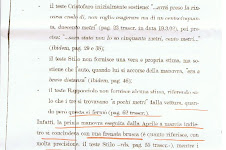


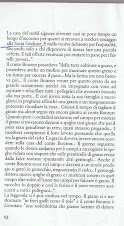
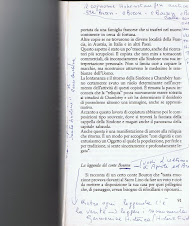

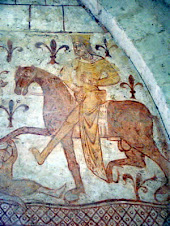




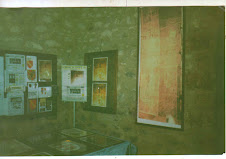








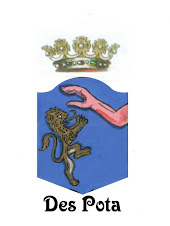


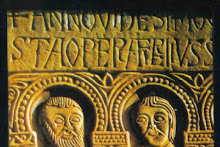
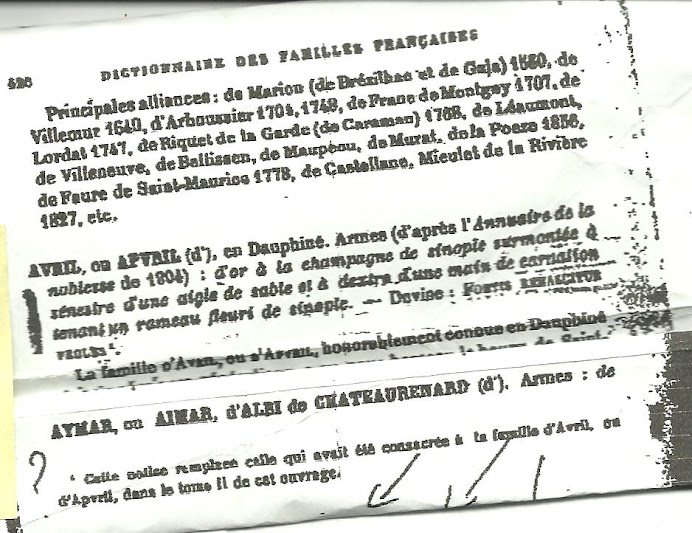.jpg)
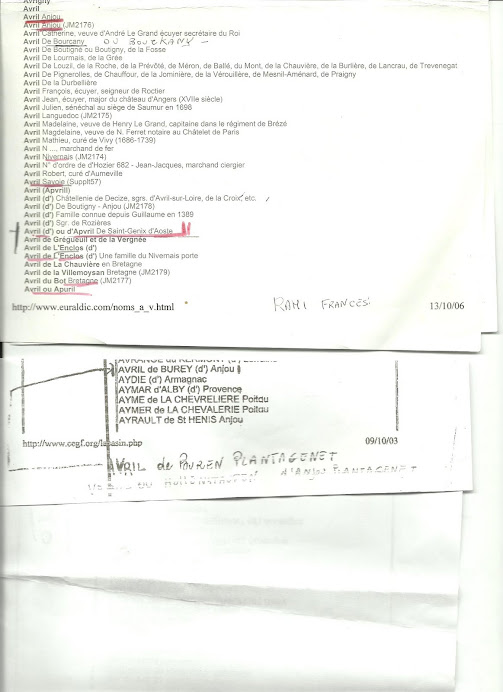.jpg)
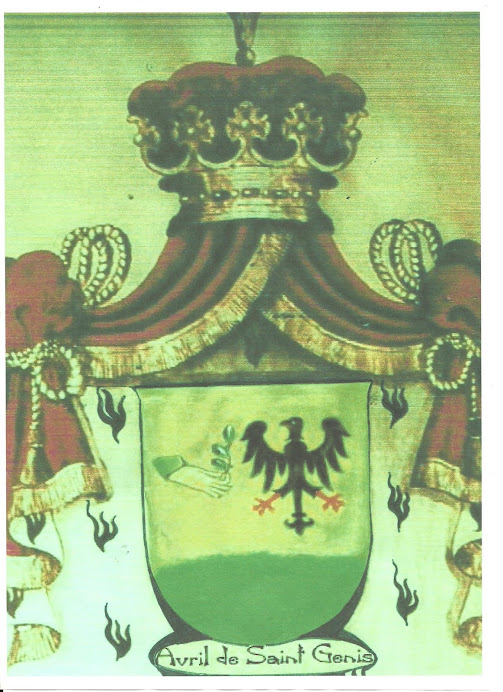.jpg)
.jpg)







.jpg)













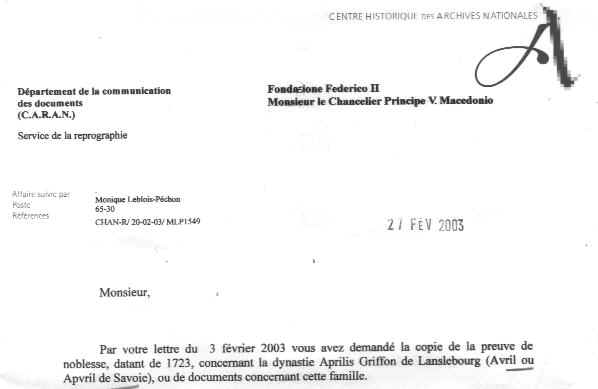
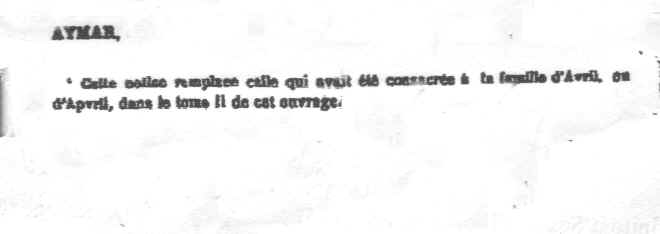

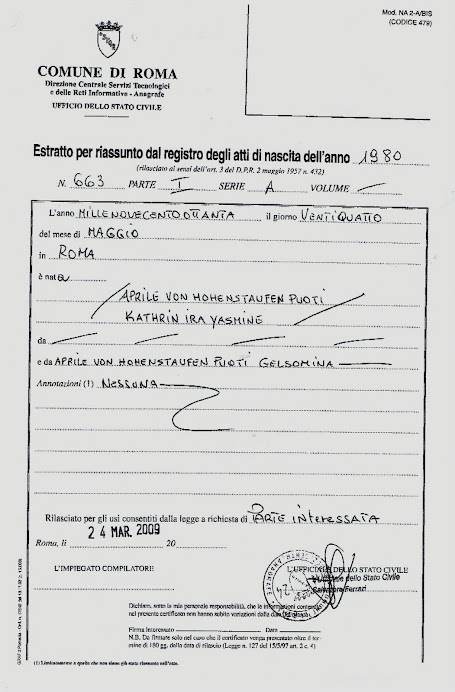

Nessun commento:
Posta un commento